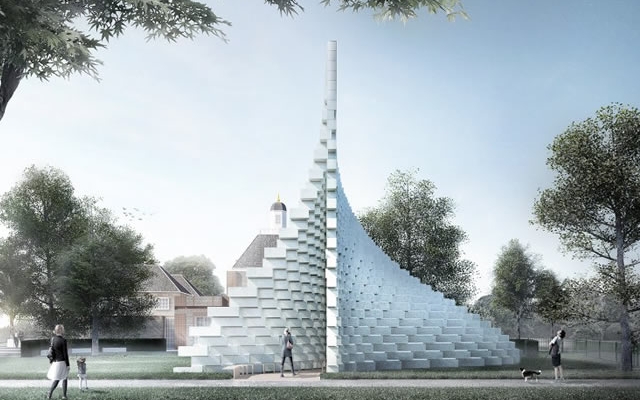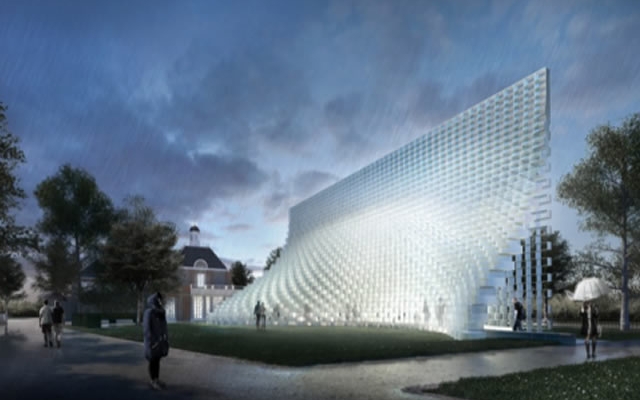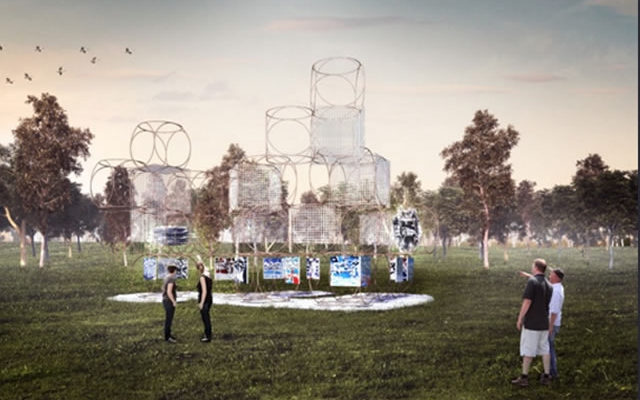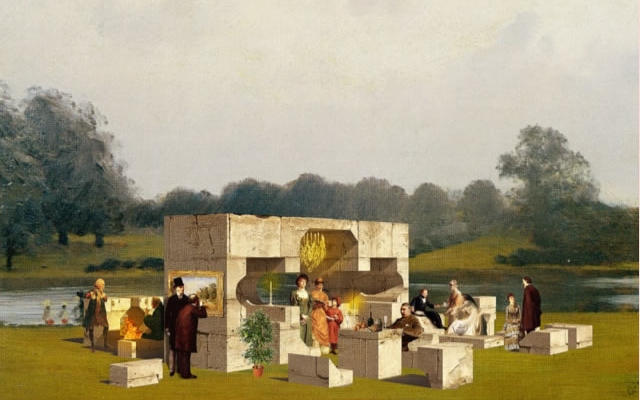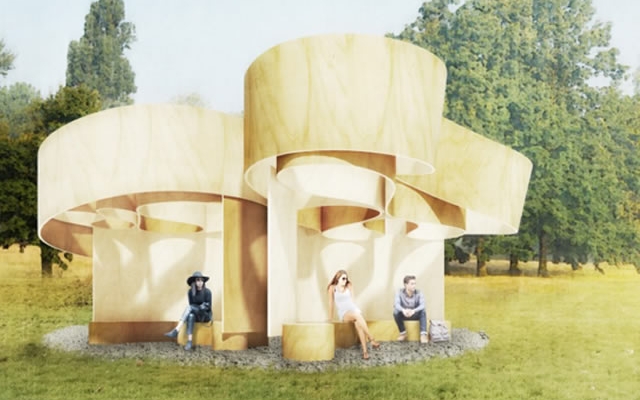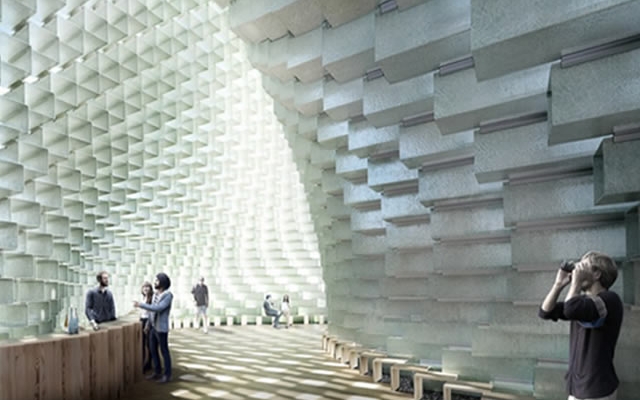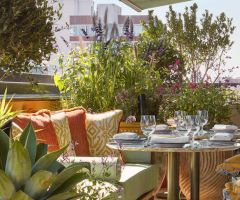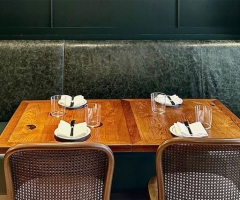This year the Serpentine Galleries celebrates the 16th anniversary of the world-renowned Pavilion commission.
Over the past 16 years the Serpentine Pavilion has become an international site for architectural experimentation, presenting inspirational (temporary) structures by some of the world's greatest architects, including Zaha Hadid, Sanaa, Herzog & de Meuron, Frank Gehry and Jean Nouvel.
This year’s summer pavilion, a versatile three-dimensional structure by the Danish architect Bjarke Ingels Group (BIG). For his 3,200-square-foot pavilion, Ingels (who has designed the new Google HQ in Califonia and Two World Trade Center in New York) decided to combine aspects often viewed as “opposites”, a modular yet sculptural, transparent yet opaque, free-form yet ridged, spin on the basic brick wall. The designer states “This simple manipulation of the archetypical space-defining garden wall creates a presence in the park that changes as you move around it and through it."
Fiberglass frames replacing bricks are stacked then pulled apart to create an open space inside. During the day the pavilion hosts family activities and a café, in partnership with Harrods. At night, it transforms into a performance space for artists, writers and musicians.
For the first time the Serpentine pavilion is accompanied by four ‘Summer Houses’, each designed by a different architect, and, like the summer pavilion itself, each architect chosen has no permanent building designed by them in England. The summer houses take inspiration from the nearby classical summer house named Queen Caroline’s Temple, built in 1734. Architect Kunlé Adeyemi has conceived a ‘relaxation’ spot that draws inspiration from the form and stone materials of the historic Queen Caroline’s Temple. London-born Asif Khan’s structure, made from timber and metal, is designed to give the illusion that the summer house has grown out of the ground. Whereas New York-based practice Barkow Leibinger’s summer house comprises a series of looping bands while French architect Yona Friedman has proposed a modular structure born out of his ‘Spatial City’ experiments in mobile and sustainable housing.
The pavilion and additional structures will be up for four months, through to October 9 and free to the public for both day and night programs. A much-anticipated landmark in London each summer, the Pavilion is one of the top-ten most visited architectural and design exhibitions in the world.
Ideal For
Summer nights, art buffs, admiring the architecture
title
text

